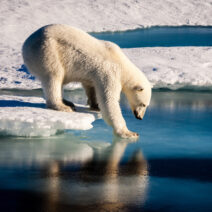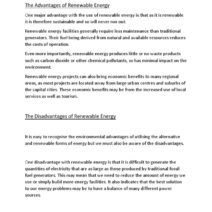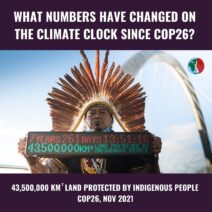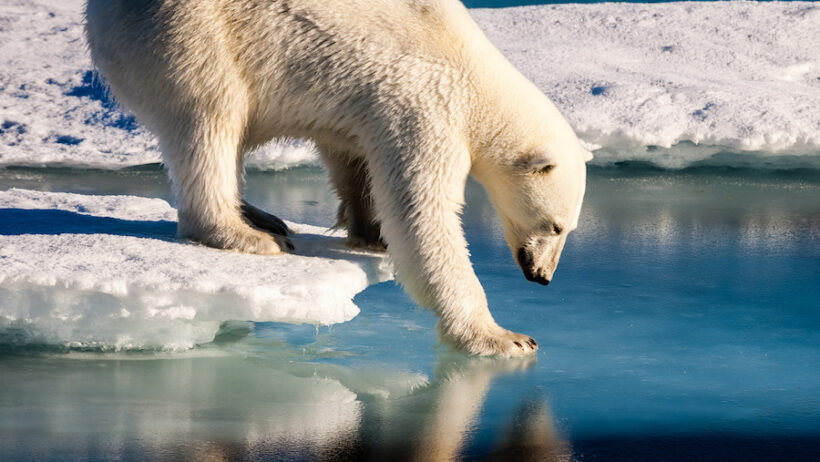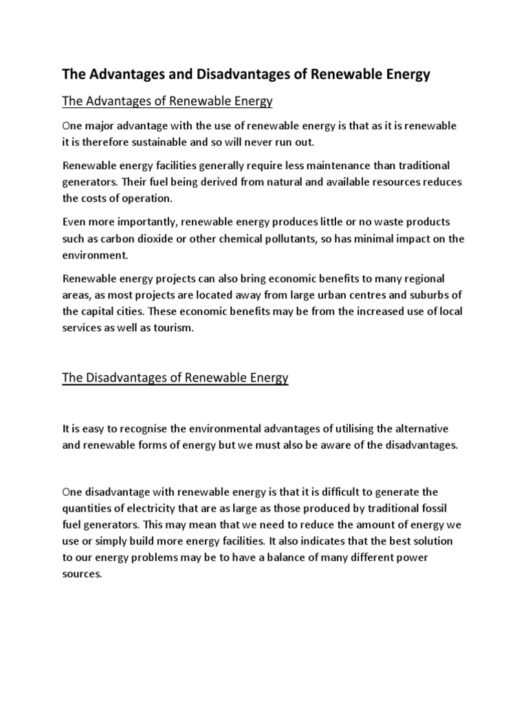Introduction
Polar bears, the colossal apex predators of the Arctic, are emblematic of the enchanting yet fragile ecosystems that characterize the polar regions. However, the consequences of global warming are transforming their habitat into a perilous landscape. As the ice they depend on continues to diminish, it is imperative to explore how climate change threatens these magnificent creatures and the ecological balance of their environment.
Understanding the Polar Bear’s Habitat
Polar bears (Ursus maritimus) are intrinsically linked to sea ice, which serves as both a platform for hunting seals, their primary prey, and as a vital habitat for reproduction and resting. This ice is formed from seawater that freezes during the frigid Arctic winters. With the advent of climate change, temperatures in the Arctic have been rising at an alarming rate, leading to significant alterations in sea ice extent and thickness.
Arctic sea ice typically reaches its maximum extent in March and its minimum in September. Over the past several decades, scientists have observed a marked decline in summer sea ice, resulting in longer ice-free seasons. This shift not only affects the polar bears directly but also disrupts the entire Arctic ecosystem.
The Effects of Ice Loss on Polar Bears
The ramifications of shrinking ice habitats are stark. As polar bears are forced to swim longer distances in search of stable ice platforms, their energy reserves are depleted. In instances where ice is too thin or breaks up too quickly, polar bears may find themselves without access to their primary food sources. This leads to malnutrition, decreased reproductive rates, and, in extreme cases, starvation.
Research indicates that certain polar bear populations are exhibiting alarming declines in body condition due to food scarcity, with observable increases in mortality rates. The loss of ice affects not only the short-term survival of individuals but also the long-term viability of populations. A shrinking gene pool coupled with increasing mortality can lead to an eventual decline in genetic diversity, thereby jeopardizing the species’ resilience against diseases and environmental changes.
The Disruption of the Food Web
The plight of polar bears is inextricably linked to the broader consequences of climate change on Arctic ecosystems. As the ice recedes, the availability of seals diminishes. Seals, which use sea ice for breeding, pupping, and resting, are themselves vulnerable to the impacts of climate change. The decline in seal populations has a domino effect, creating disruptive ripples throughout the food web.
Furthermore, the warming temperatures are leading to shifts in the distribution of other species, including migratory birds and fish. These alterations can result in competition for food resources and potentially create conflicts between species that have coexisted harmoniously in the Arctic ecosystem.
Behavioral Adaptations and Challenges
As conditions in the Arctic continue to evolve, polar bears are forced to adapt their behavior. Some have been observed extending their foraging ranges, while others are exhibiting increased scavenging behavior. Increased human encounters are becoming more frequent as the bears venture further into human settlements in search of food. Such interactions not only pose risks to human safety but also raise ethical concerns regarding wildlife management.
While bears may display certain adaptive behaviors, these adjustments often come with risks. The frequent need to venture into populated areas may lead to injuries or death due to vehicle strikes, poaching, or conflicts with humans protecting property. The ability of polar bears to adapt is not infinite; the continuous pace of climate change poses questions about the survivability of these adaptations in the long run.
The Role of Conservation Efforts
Addressing the challenges faced by polar bears necessitates a concerted effort from global communities, policymakers, and conservationists. Numerous organizations are tirelessly working to safeguard polar bear habitats by promoting sustainable practices and policies. Conservation efforts focus on several areas, including:
- Climate Action: Reducing greenhouse gas emissions is paramount to reversing trends in global warming. International agreements like the Paris Accord aim to unite nations in their efforts to mitigate climate impacts.
- Protected Areas: Establishing marine protected areas can provide safe havens for polar bears and other wildlife, allowing these ecosystems to recover from human activities.
- Education and Awareness: Raising public awareness about the plight of polar bears and the broader implications of climate change is crucial. Educational programs can foster a sense of stewardship for the environment.
Conclusion
The plight of polar bears epitomizes the urgent need for collective action against climate change. These iconic species, reliant on stable ice habitats for their survival, face unprecedented challenges as global temperatures rise. Understanding the impacts of climate change on polar bears transcends mere awareness; it demands active participation in conservation efforts and a commitment to sustainable practices.
By championing the cause of polar bears, we not only champion an entire ecosystem but also take a significant step towards a more sustainable future for all species, including our own. The fate of polar bears serves as a powerful reminder of our interconnectedness with the natural world and the responsibility we bear in protecting it.
